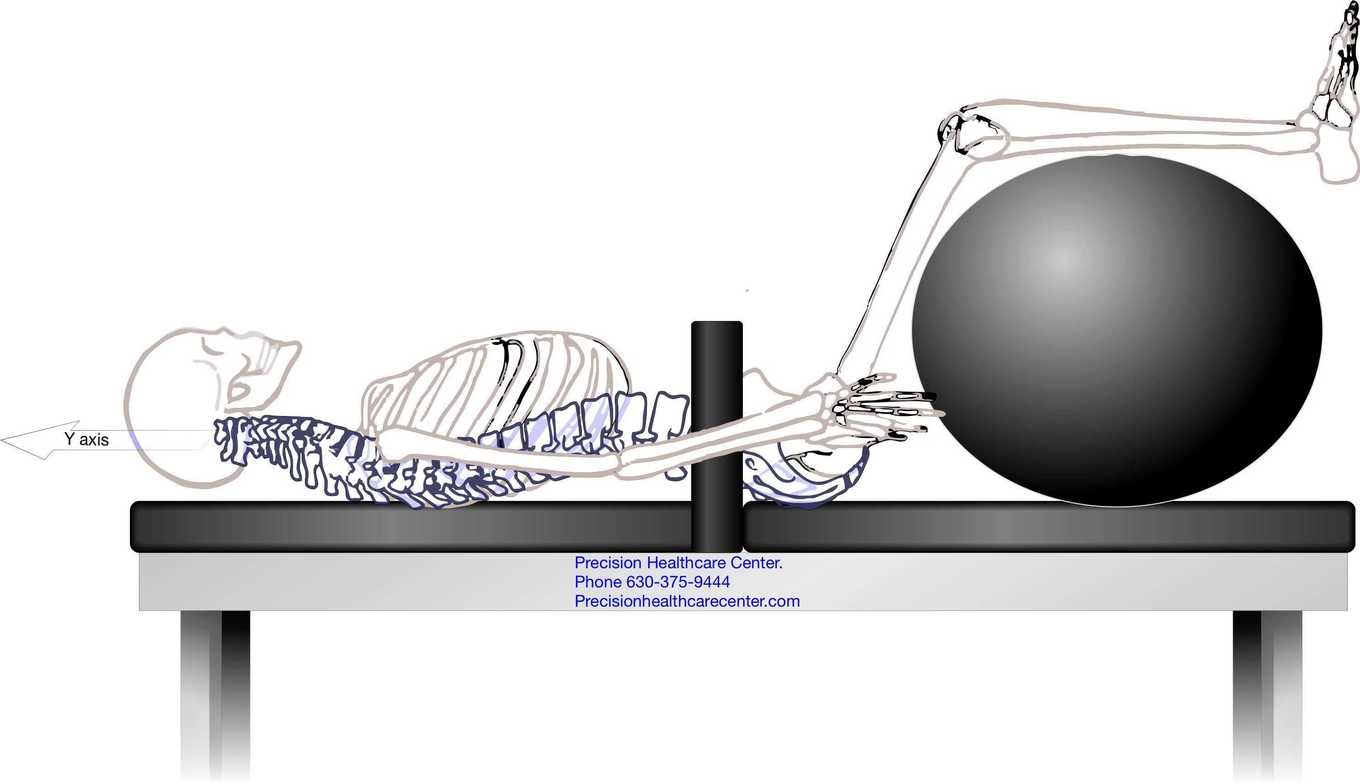
Manual decompression therapy: using the Inertial Extensilizer table represents a notable advance in the non-surgical treatment of lumbar disc herniation and associated pain. Lumbar disc herniation, a condition where disc material pushes out beyond the intervertebral space, can compress spinal nerves and cause significant discomfort and disability. The goal of any treatment is to alleviate pain and facilitate healing, and the Inertial Extensilizer table offers a promising method to achieve this.
Understanding the Inertial Extensilizer Table The Inertial Extensilizer is a specialized chiropractic table designed for spinal decompression therapy. It operates on the principle of creating negative pressure within the disc space by gently stretching the spine, allowing the herniated or bulging disc material to retract and promote the intake of healing nutrients.
Mechanism of Action Manual decompression therapy on the Inertial Extensilizer table allows Dr Tejada to administers precise stretching forces to the spinal column. This controlled traction helps separate the vertebrae, creating a vacuum effect known as intradiscal negative pressure. As the vertebrae are separated, pressure on the herniated disc is reduced, potentially allowing the disc to return to its normal position and thus alleviating nerve compression.
Benefits for Lumbar Disc Herniation
1. Pain Relief: By reducing the herniation and the pressure on nerve roots, the Inertial Extensilizer table can provide immediate relief from back pain and sciatica, which is often a symptom of lumbar disc herniation.
2. Non-Invasive: For patients seeking alternatives to surgery, the Inertial Extensilizer provides a non-invasive solution that can be as effective without the risks associated with surgical intervention.
3. Promoting Healing: The negative pressure created during decompression therapy enhances the diffusion of water, oxygen, and nutrients into the vertebral disc area, which can help initiate the body's natural healing processes.
4. Mobility Improvement: Decompression therapy can improve spinal joint mobility, which can decrease stiffness and improve the patient’s range of motion.
Clinical Evidence and Patient Outcomes Research has shown positive outcomes for patients with lumbar disc herniation undergoing decompression therapy. A study published in the "American Journal of Pain Management" reported significant pain relief and improvement in activities of daily living for patients treated with spinal decompression.
What to Expect During Treatment During a session, the patient lies on the Inertial Extensilizer table, and a harness is placed around the hips, which is attached to the lower part of the table. The upper part of the table remains fixed while the lower part, to which the patient is harnessed, moves back and forth to provide the traction and relaxation phases. Treatment durations and plans are tailored to the individual’s condition, but sessions are typically around 30-45 minutes and may be recommended several times per week over a period of weeks.
Conclusion Manual decompression therapy using the Inertial Extensilizer table offers a promising avenue for individuals suffering from lumbar disc herniation. It provides an evidence-based, non-invasive alternative that can significantly improve the quality of life for patients with herniated discs.

David Tejada
Contact Me



